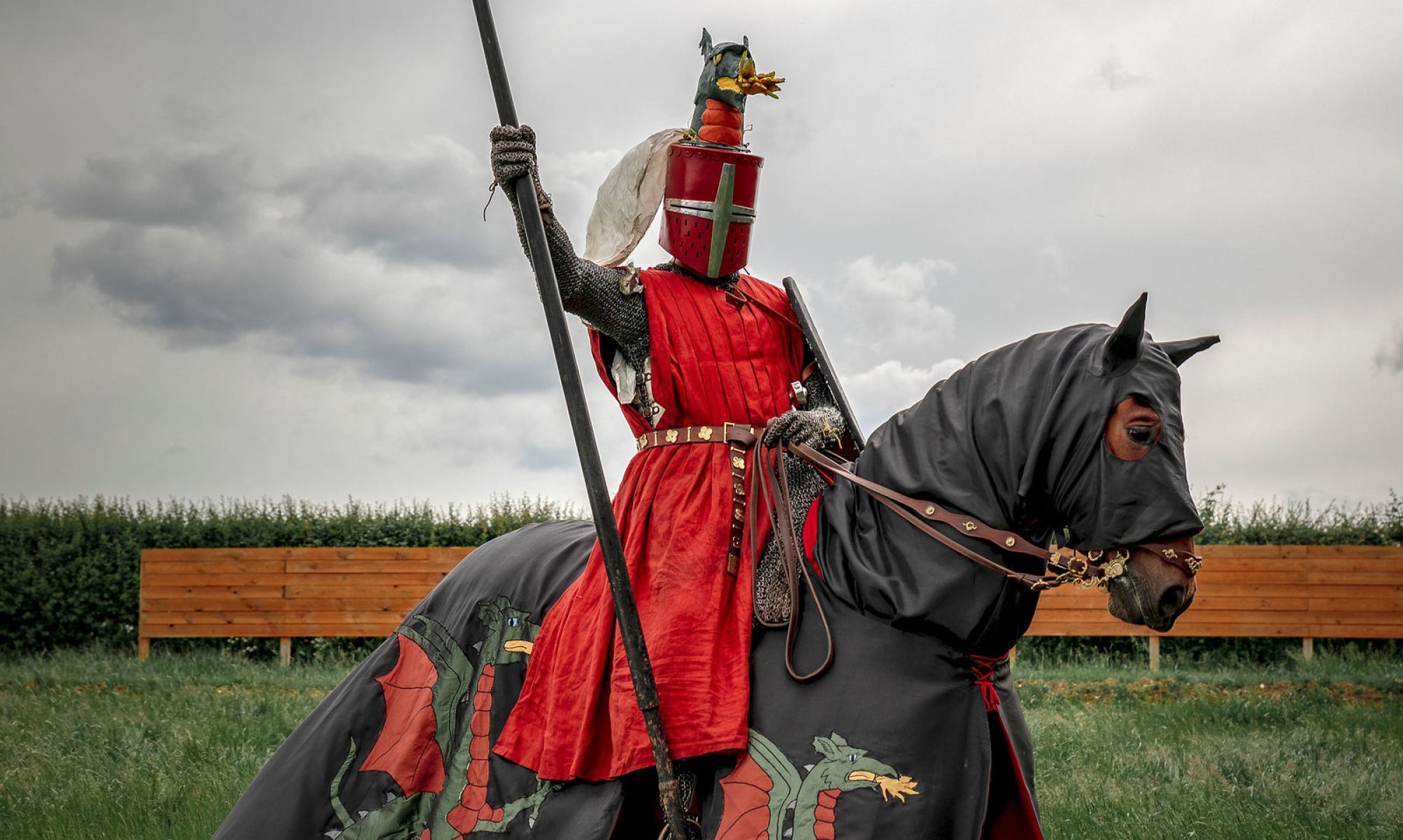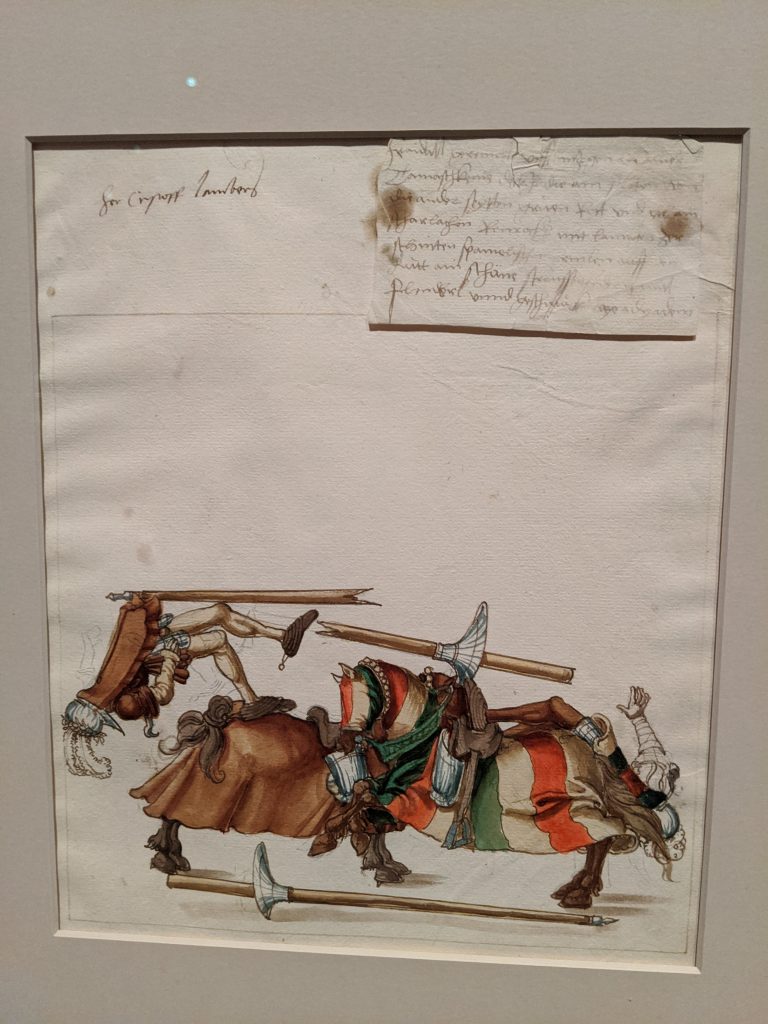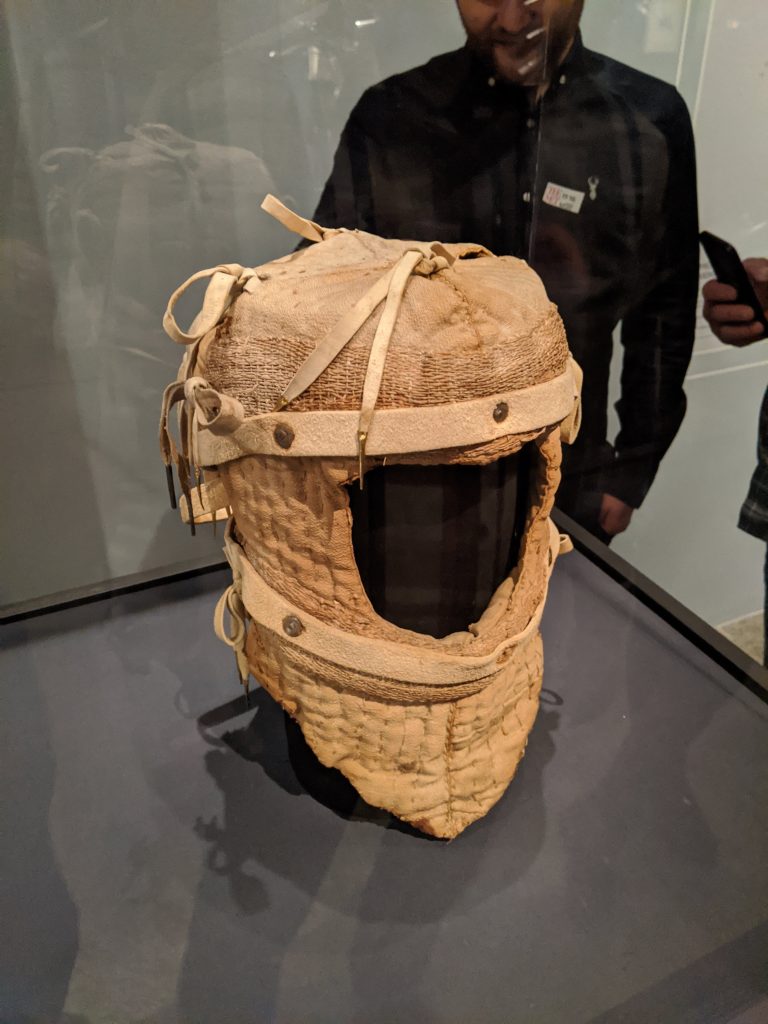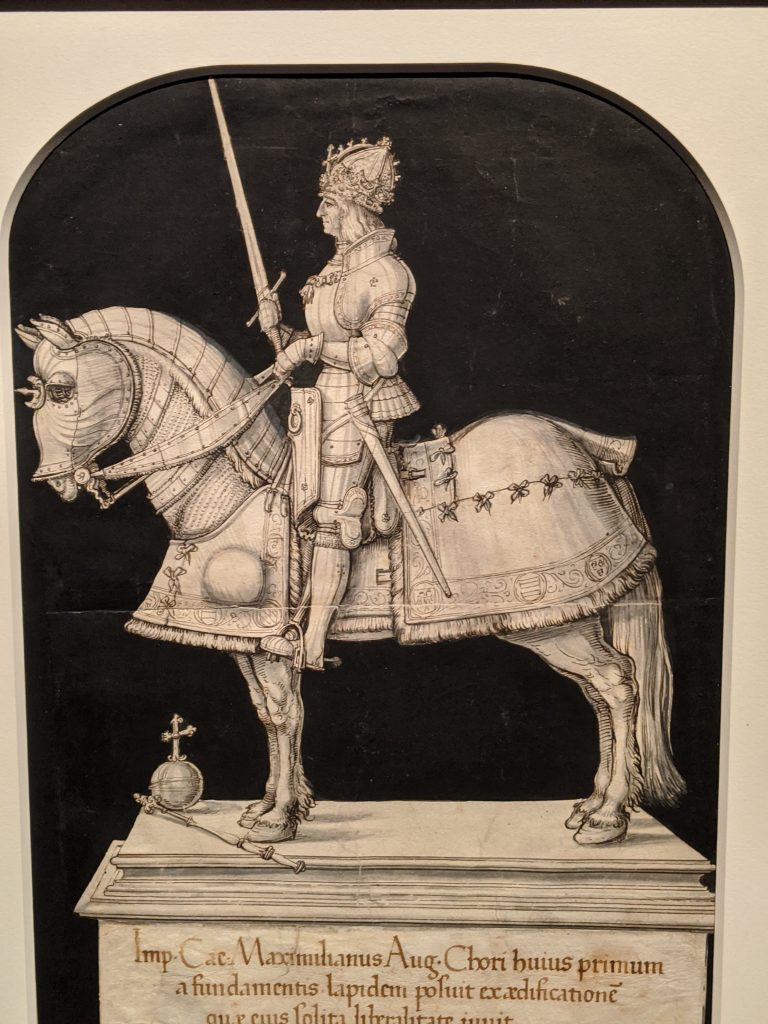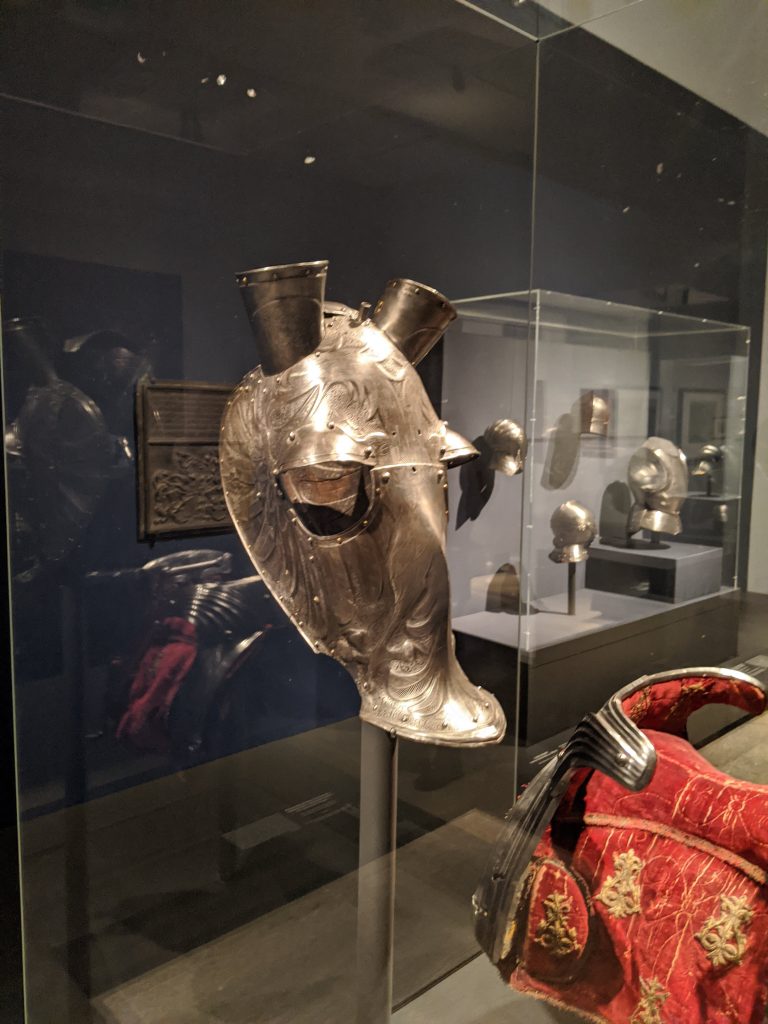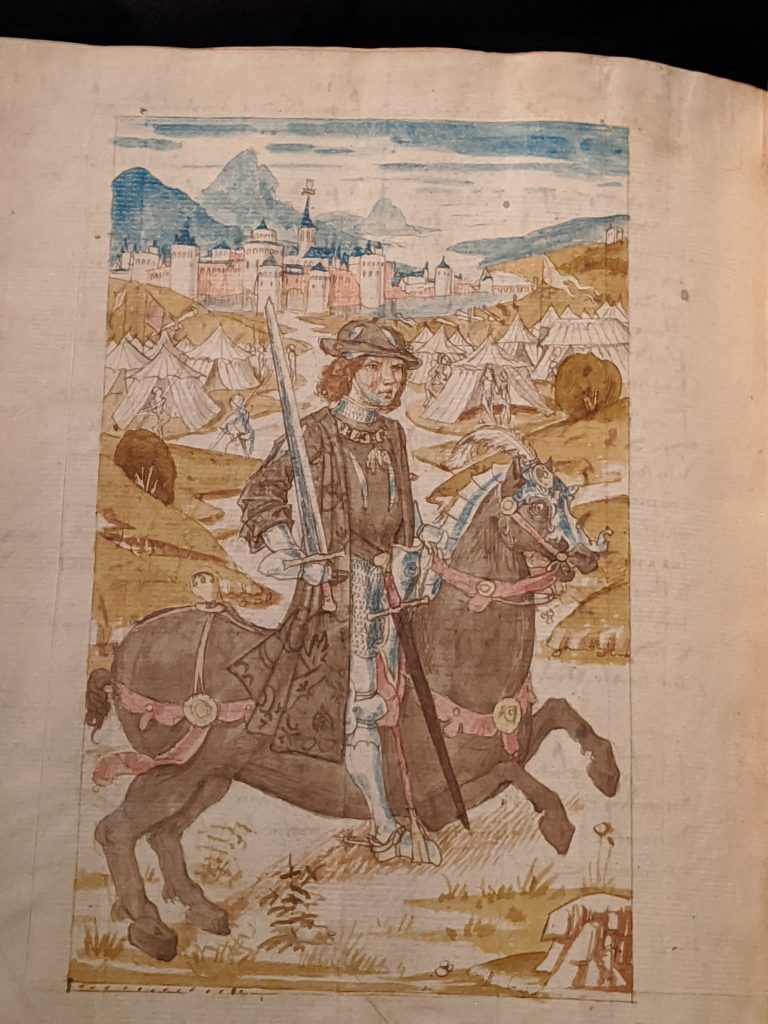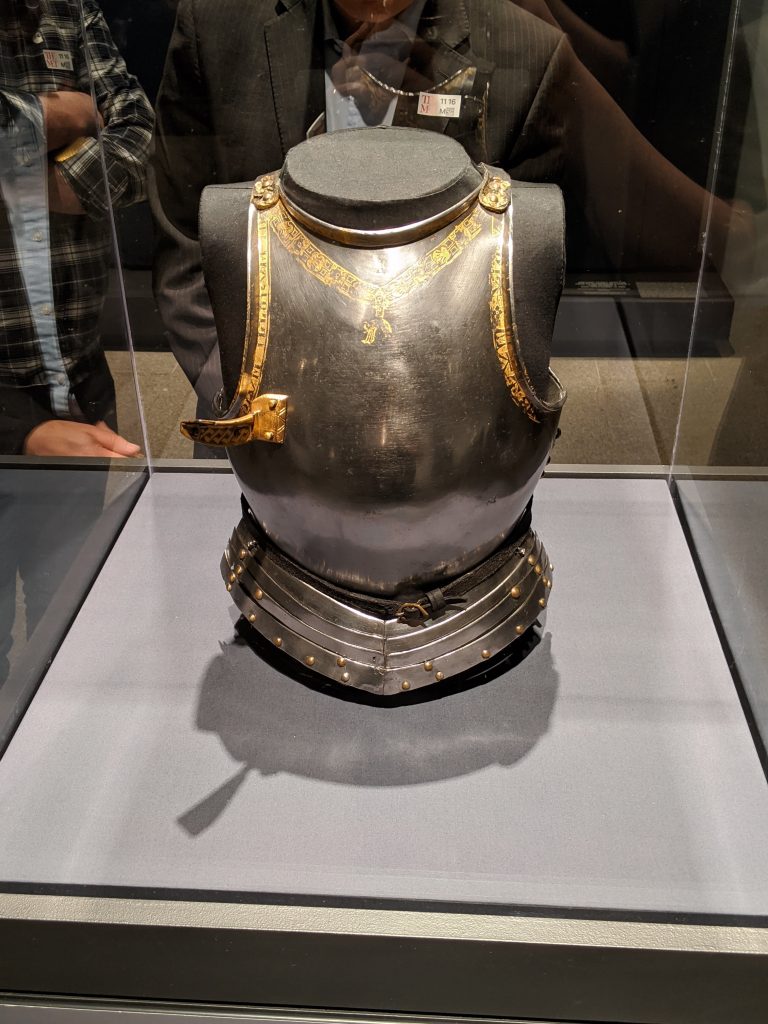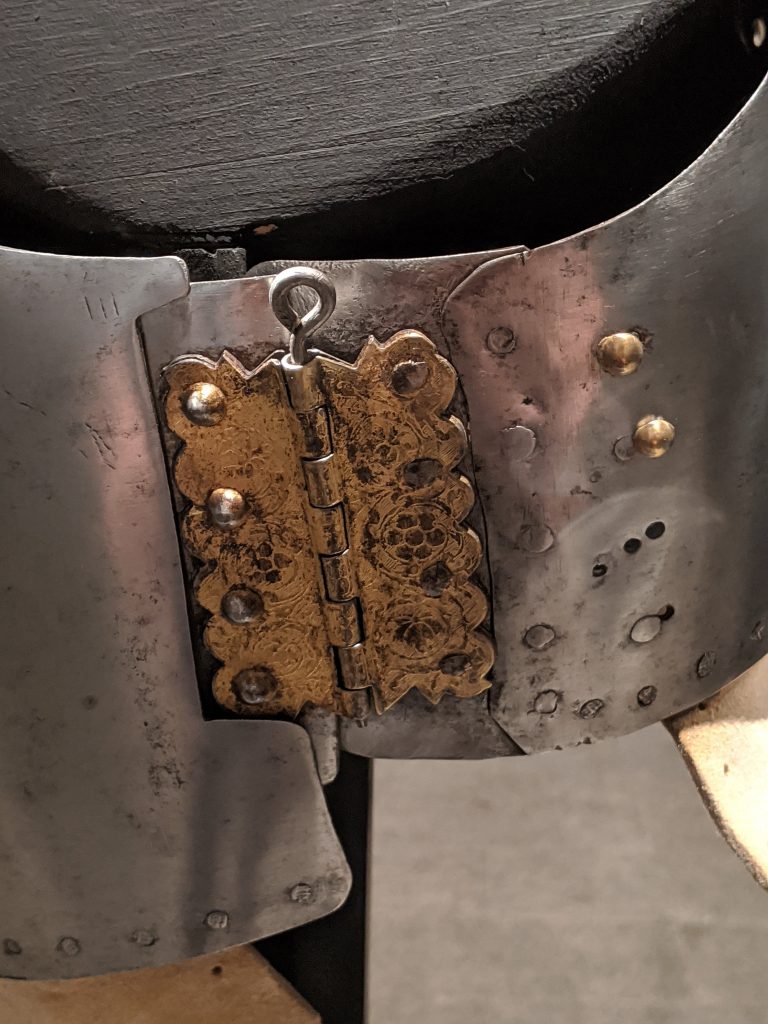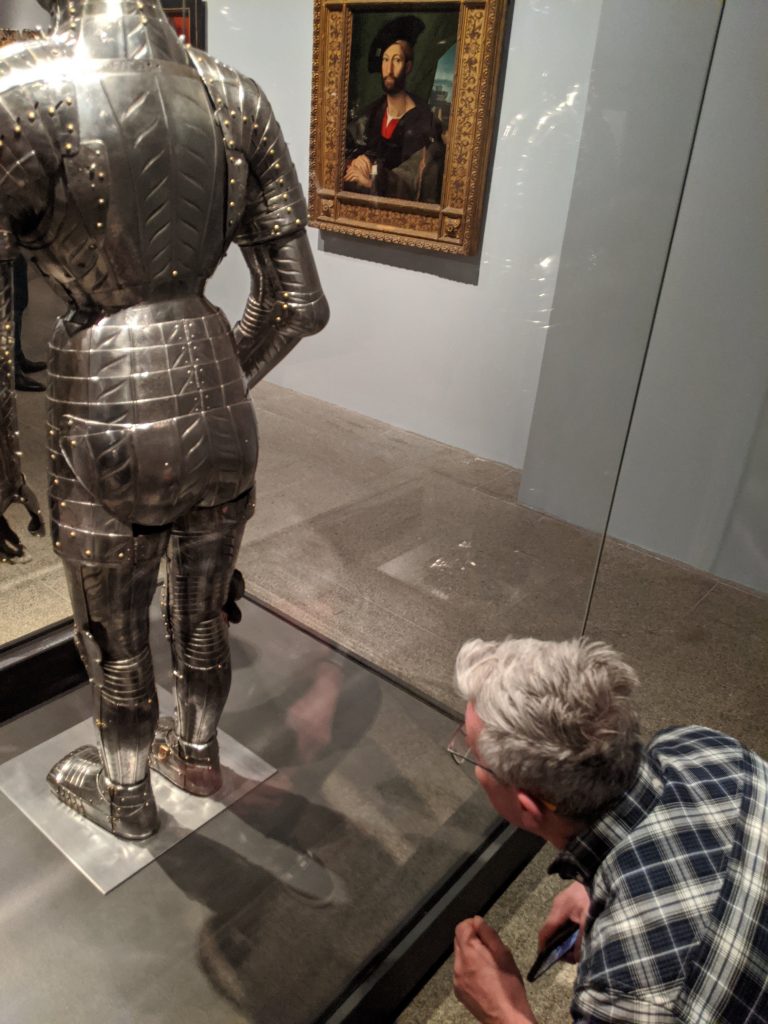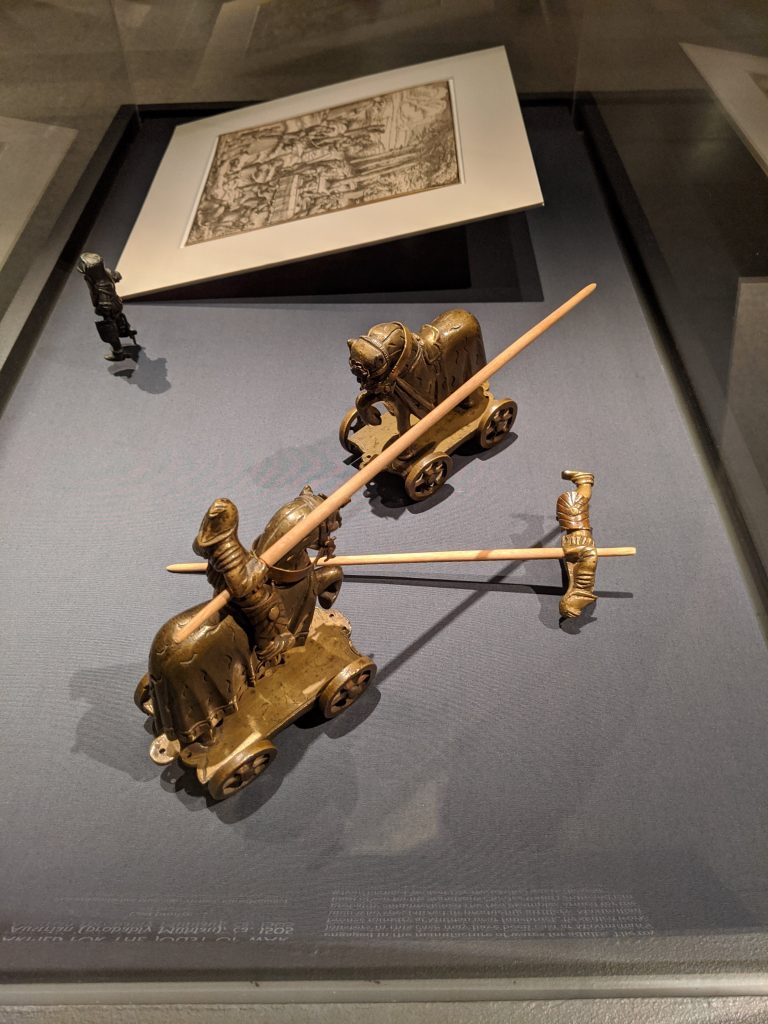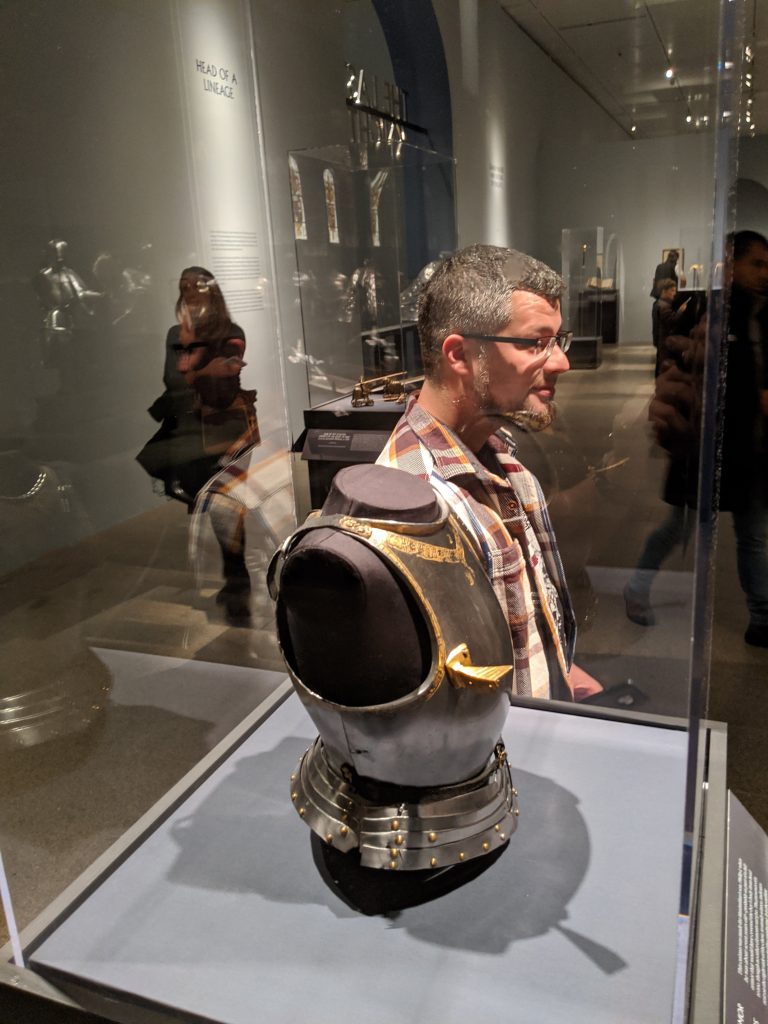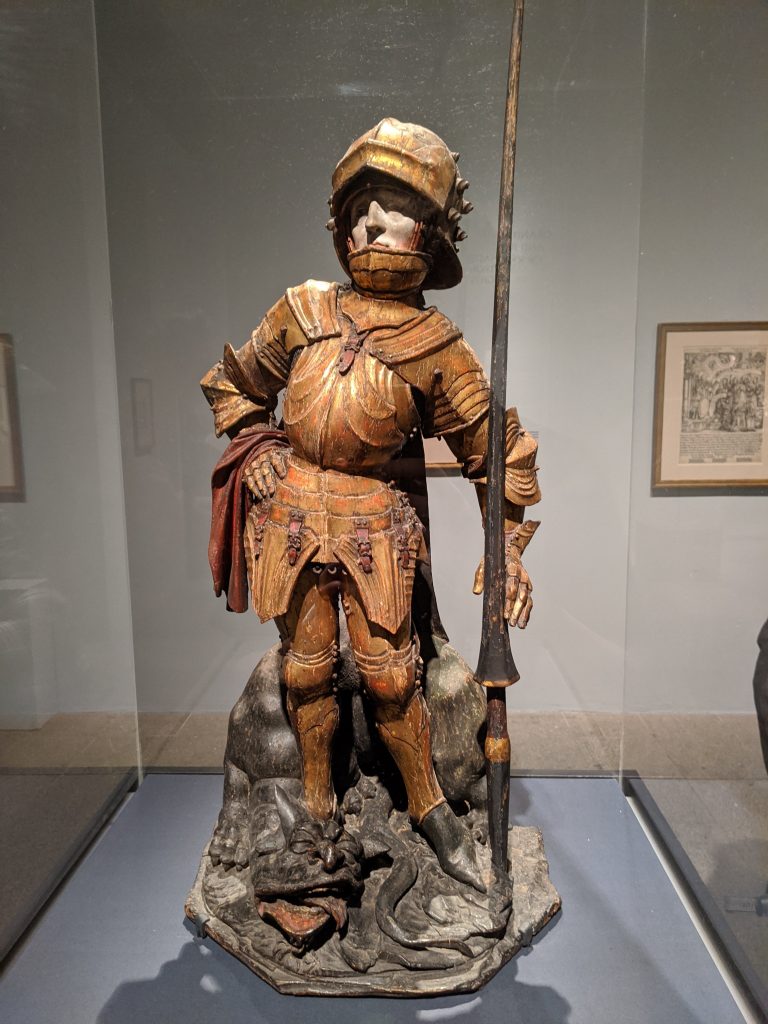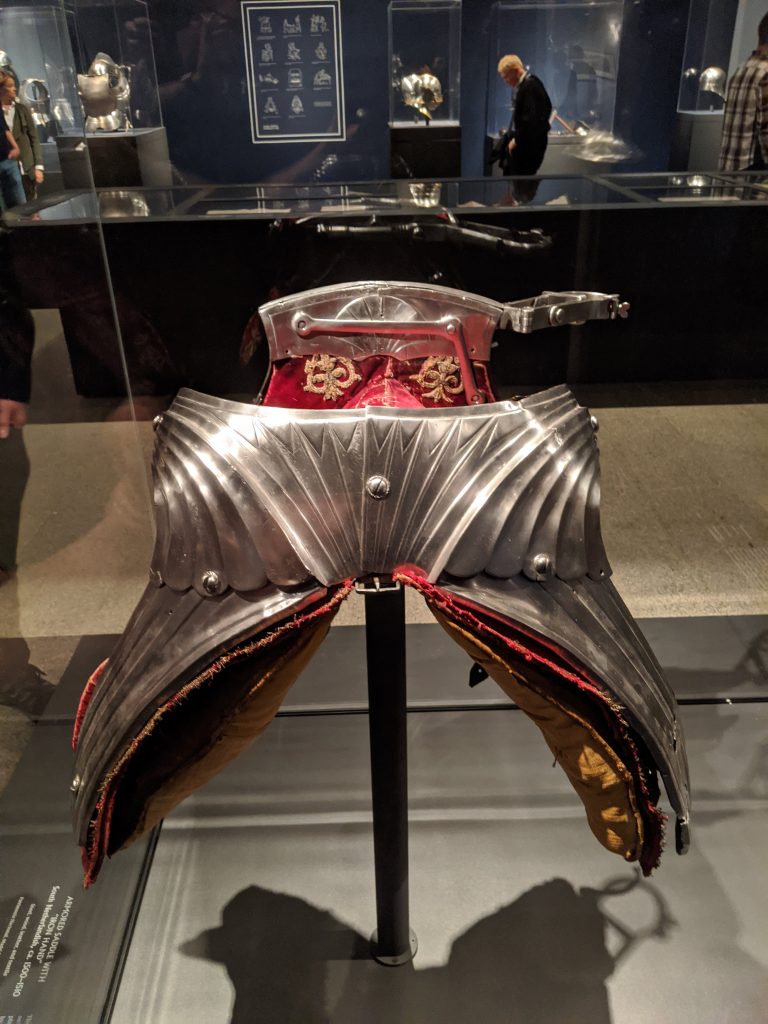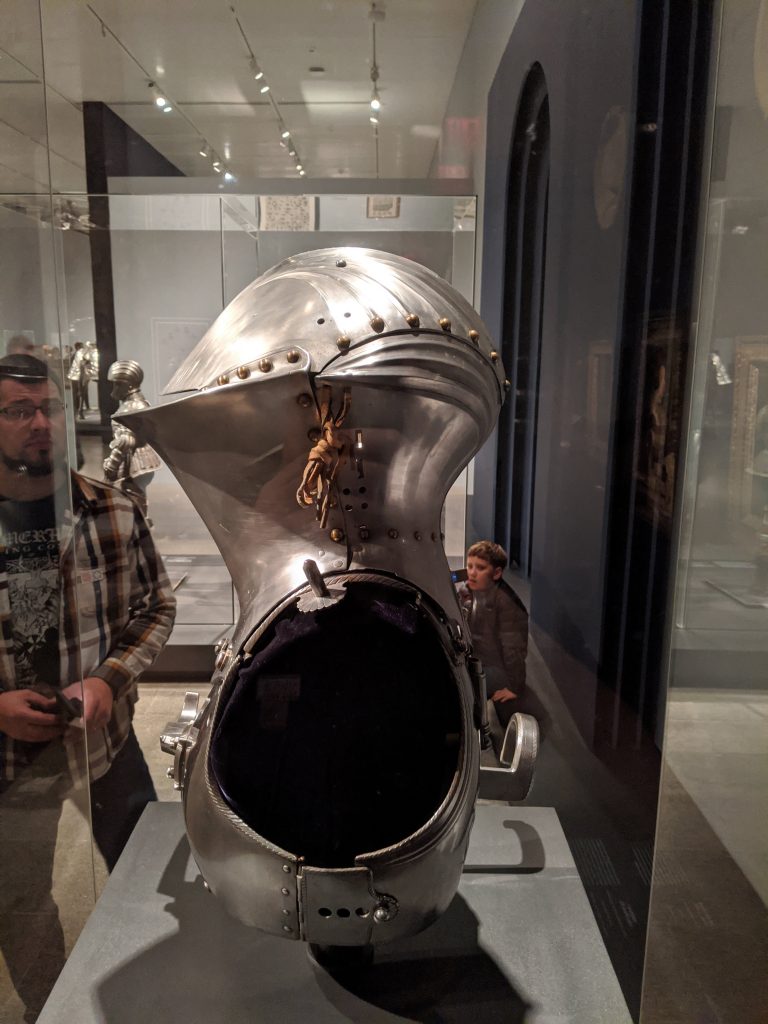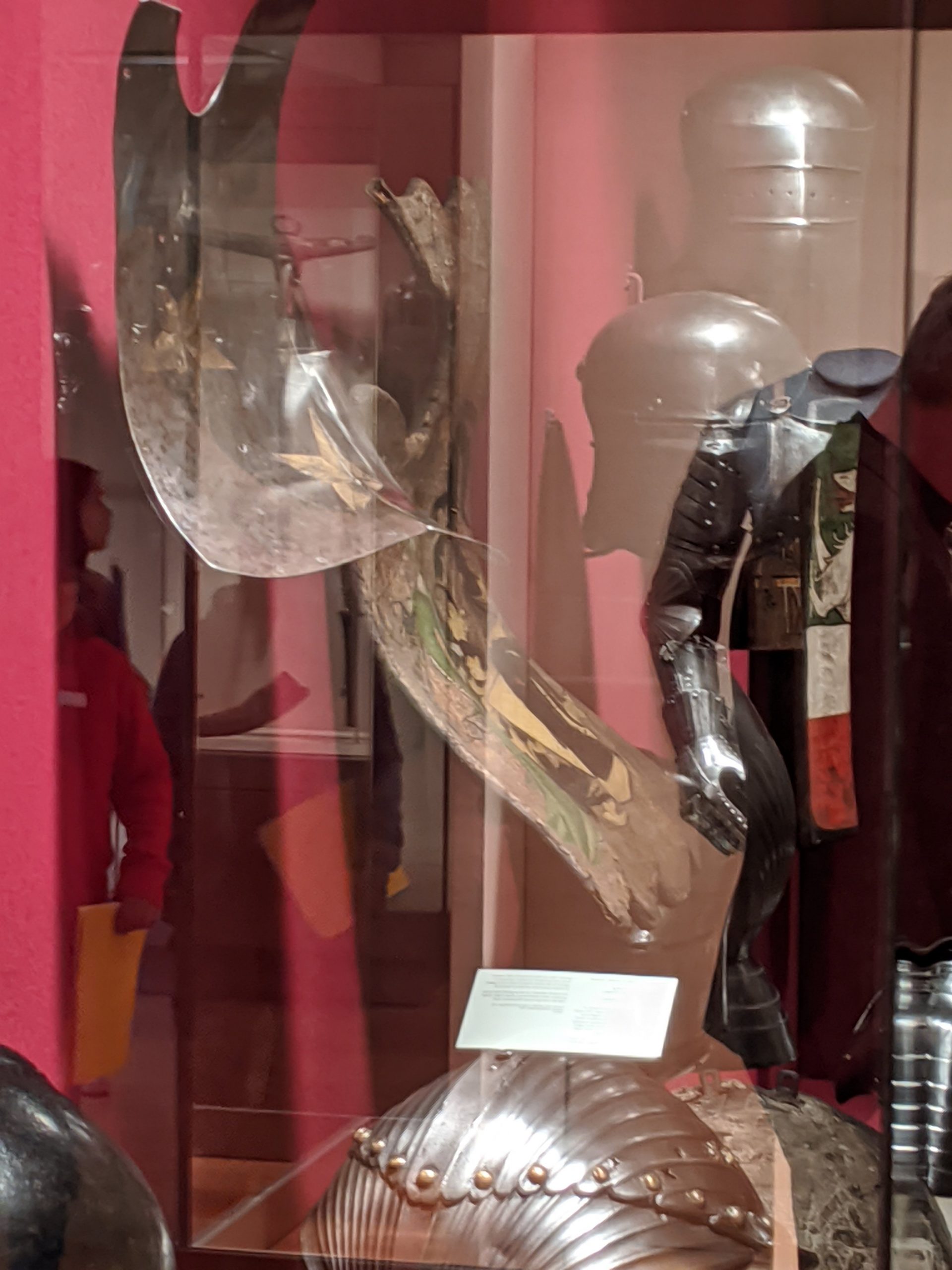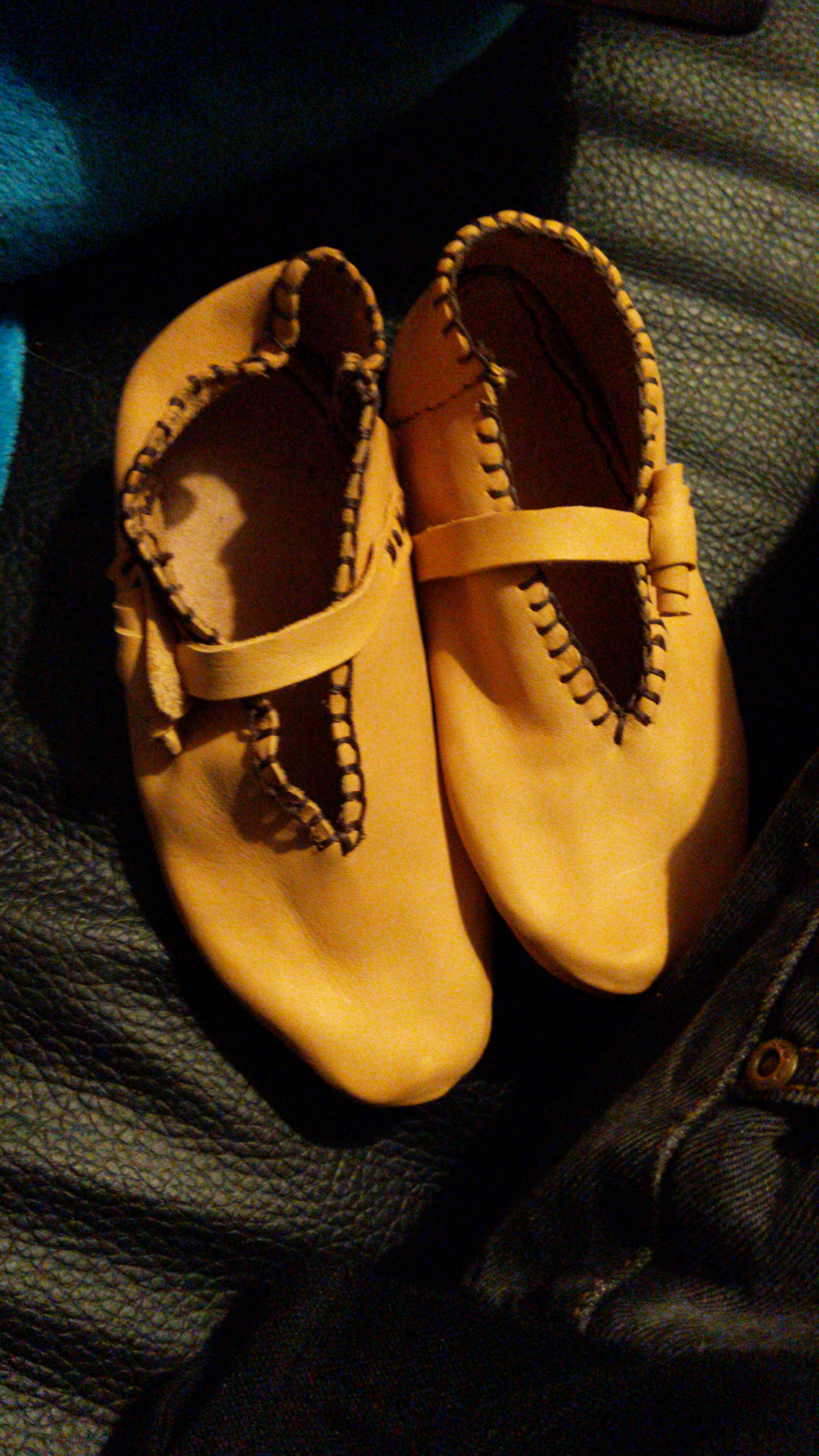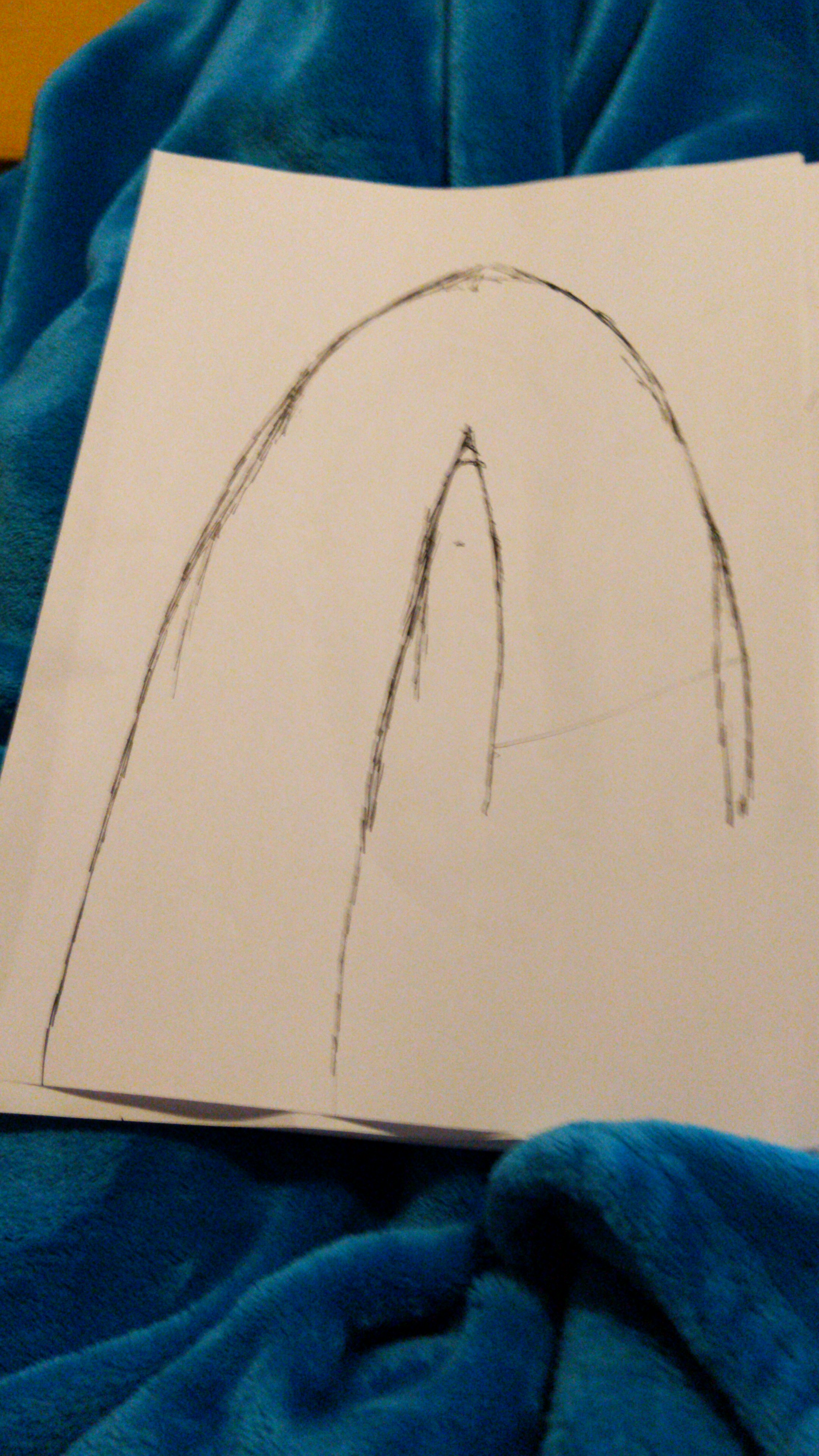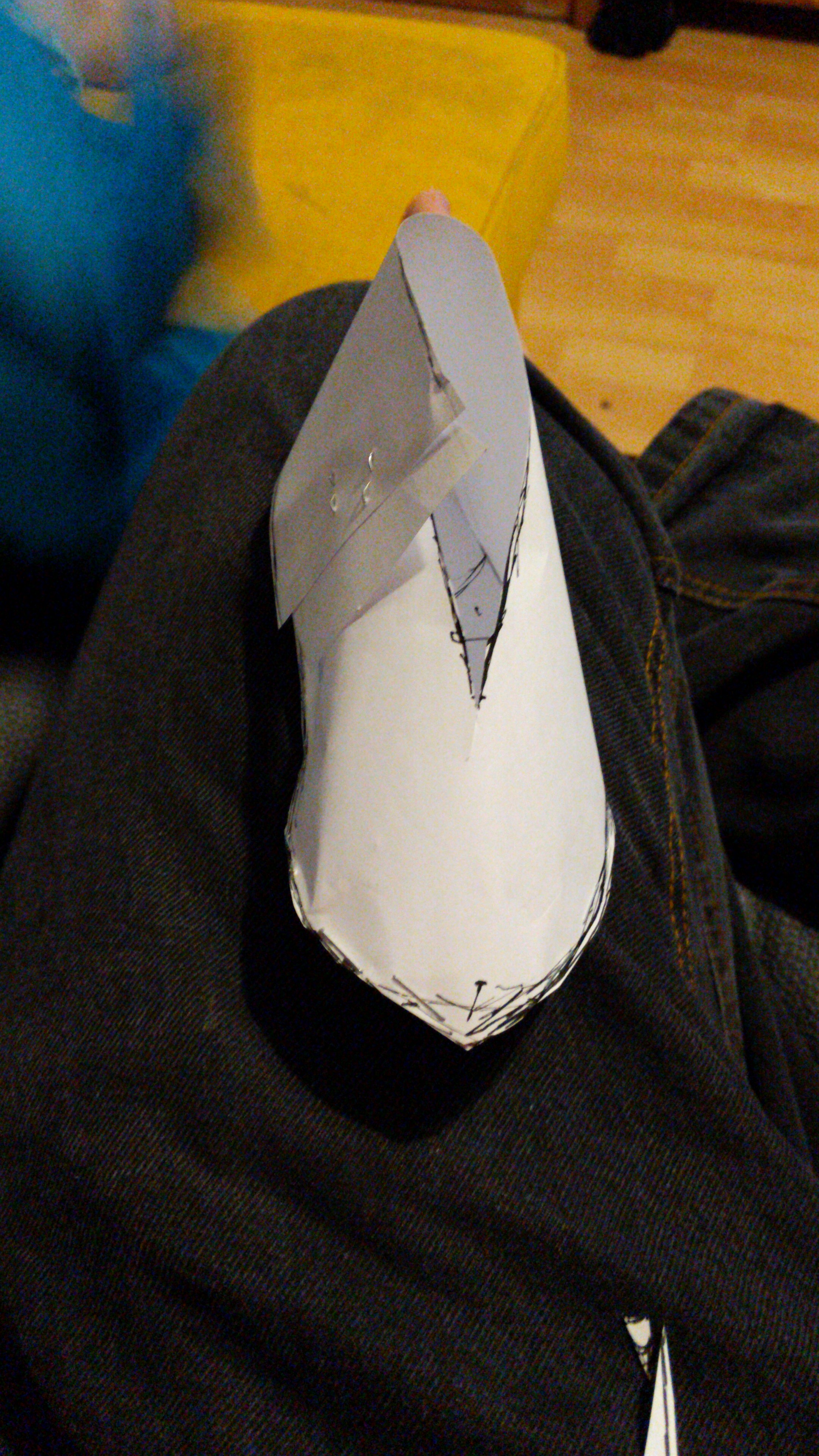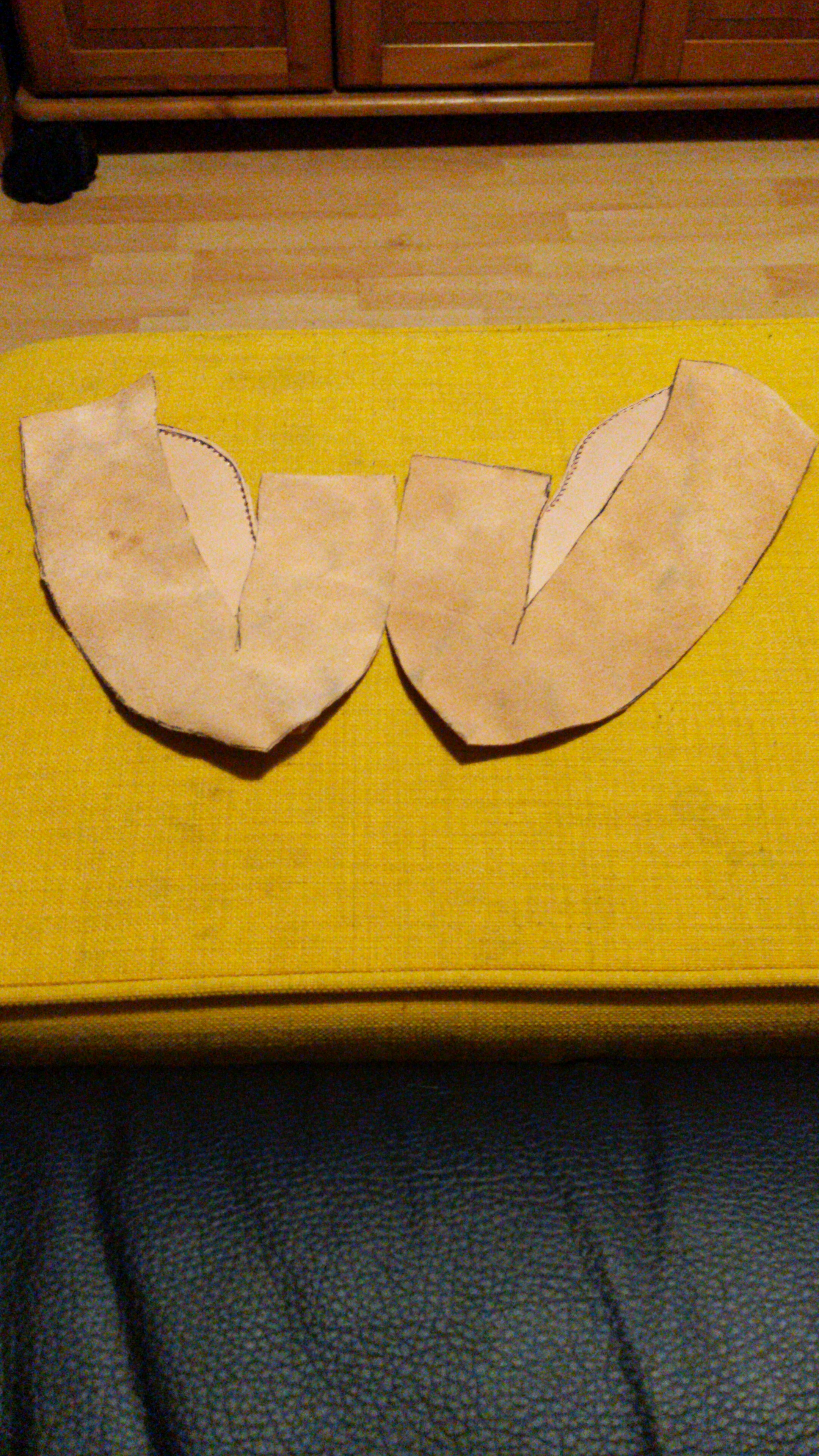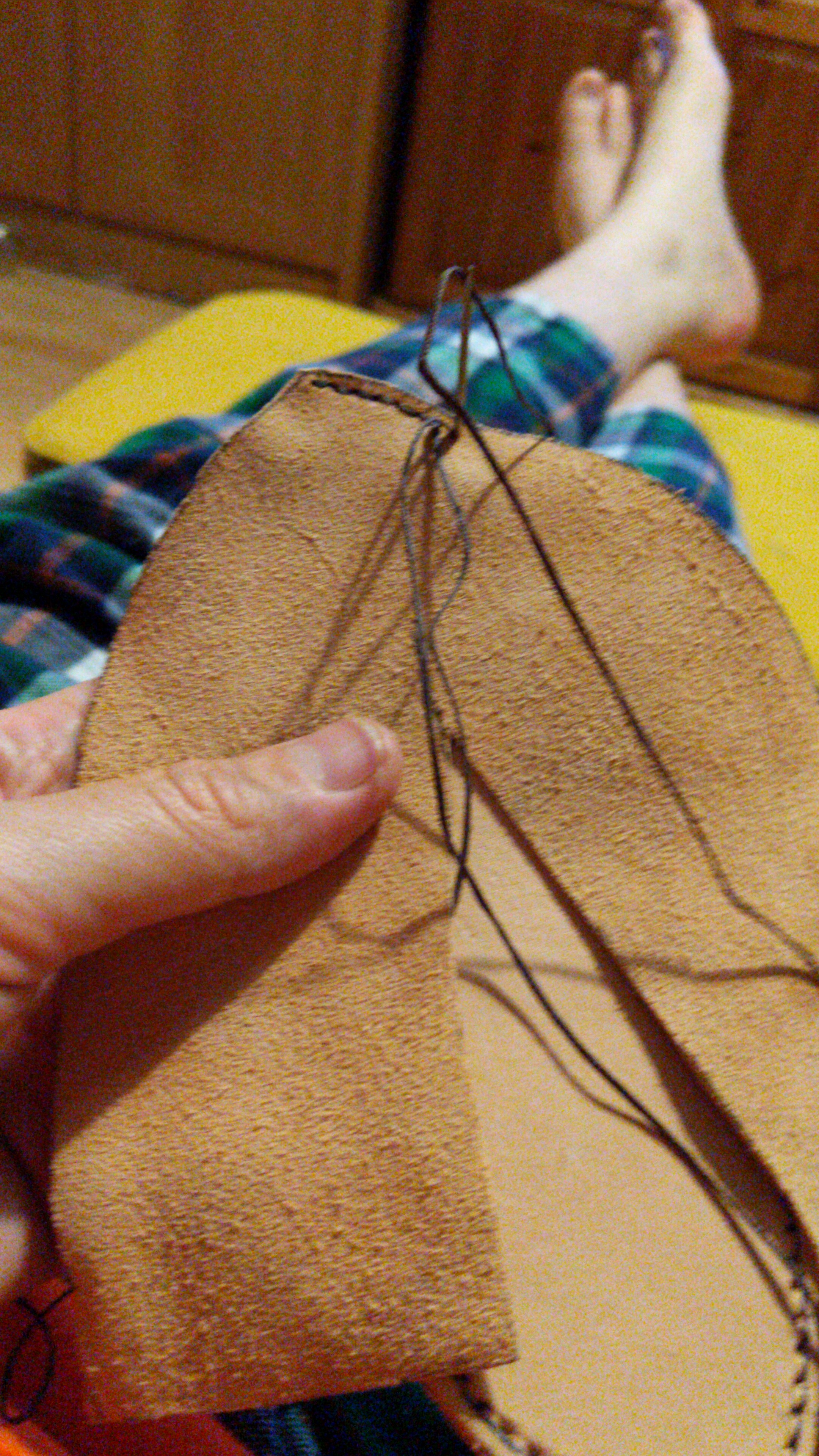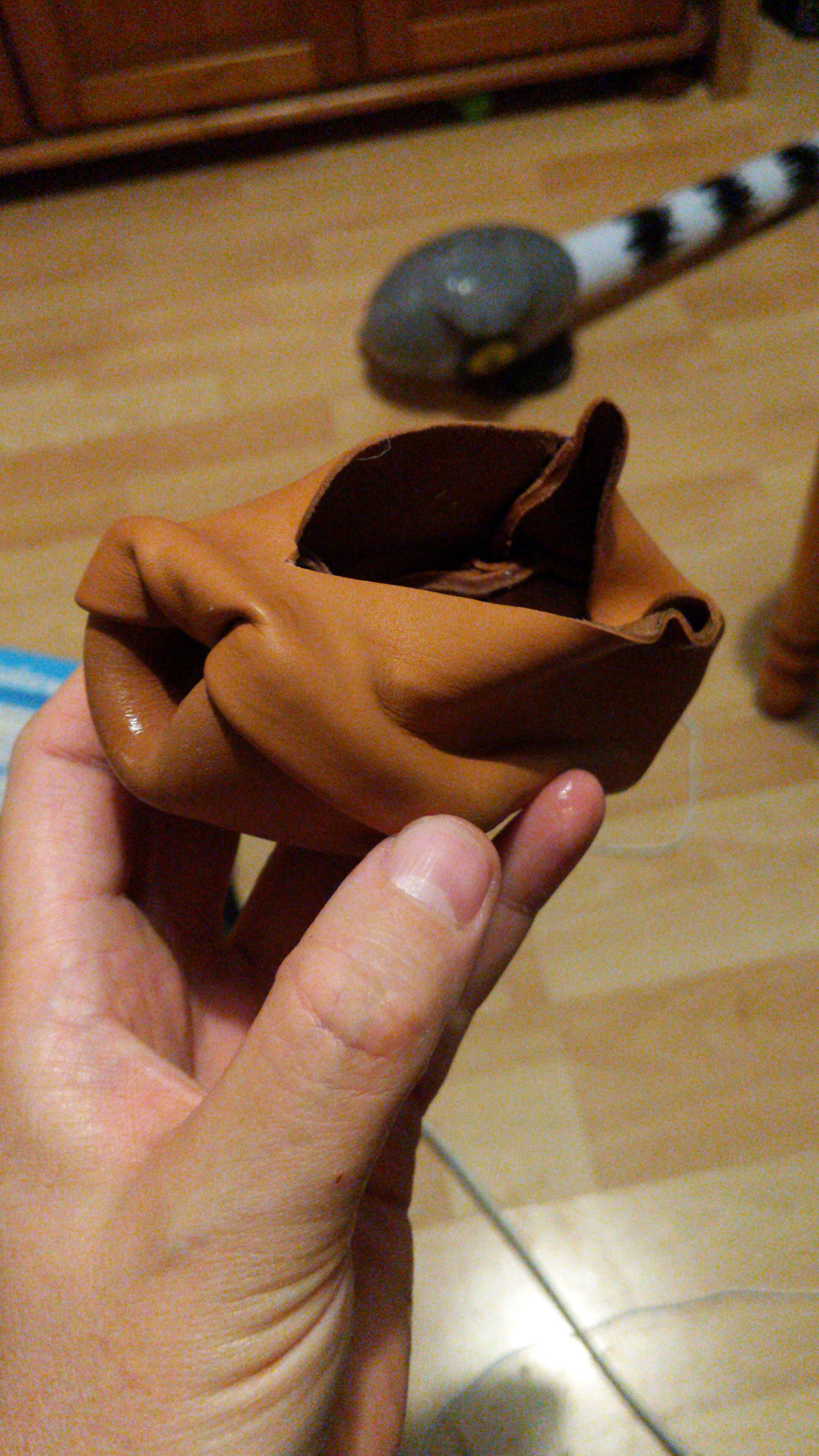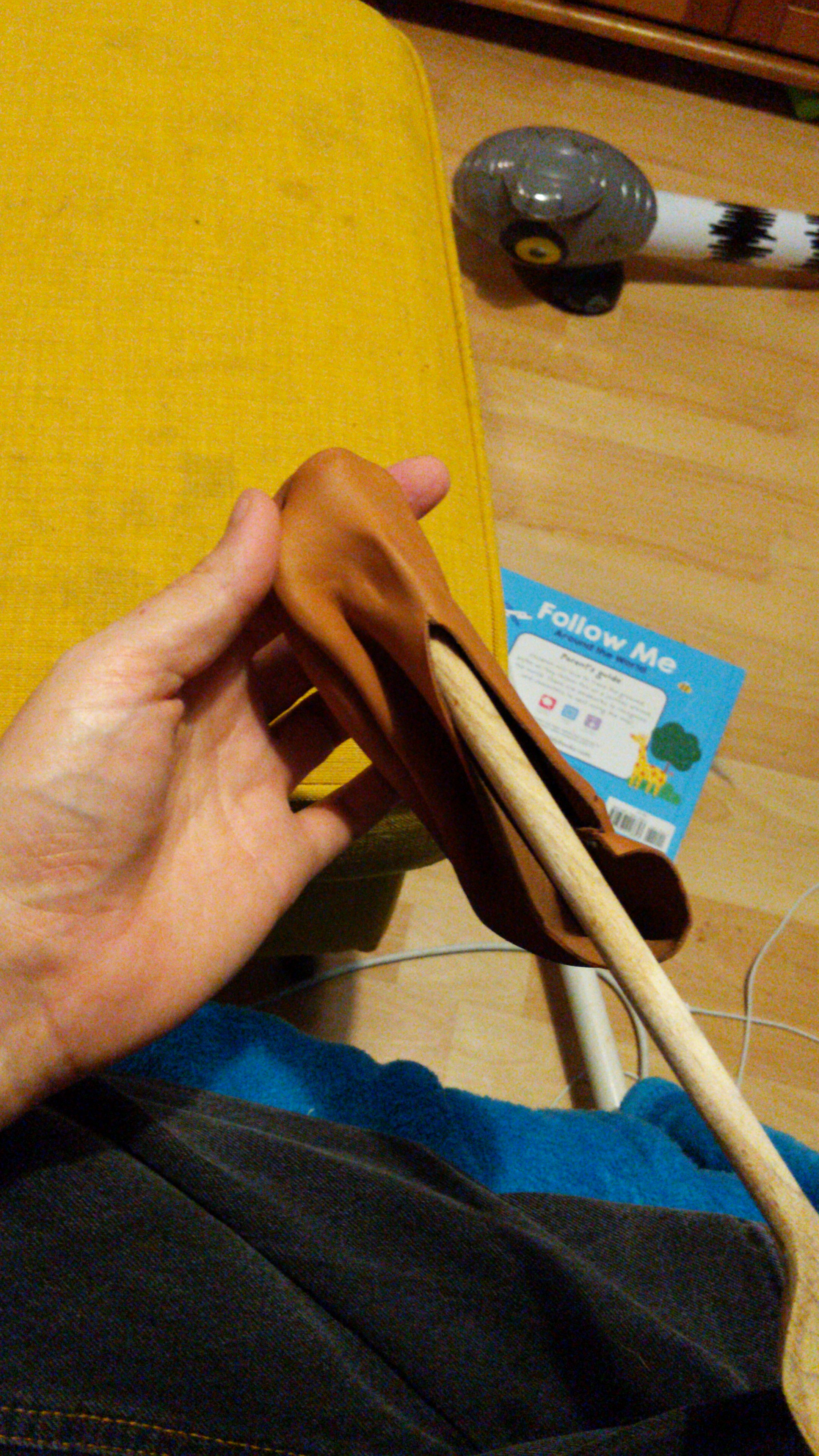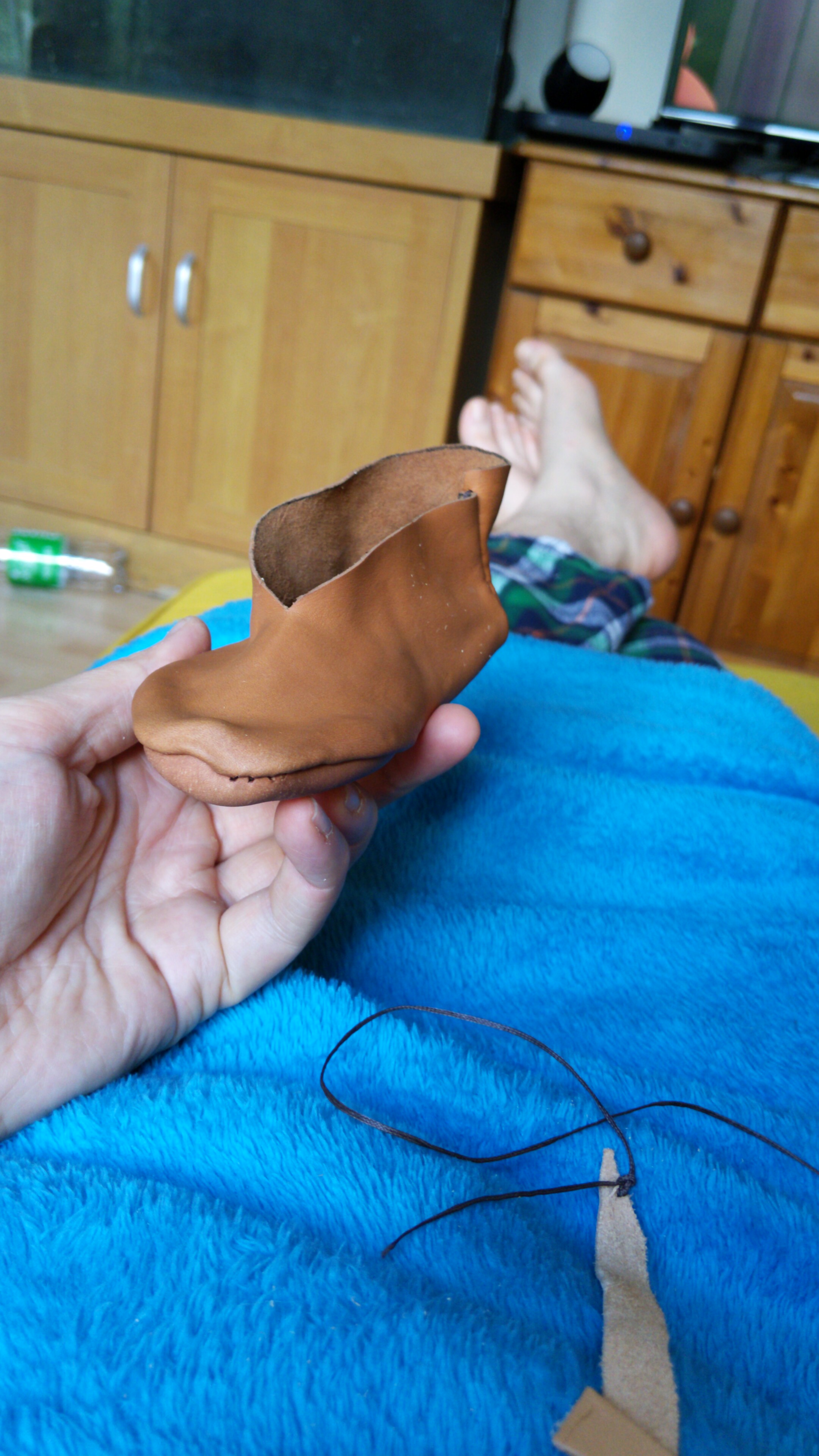The Battle of Hastings is a good show for me. This was the show that was the start of my change from reenactment, to professional rider. I decided I needed space from my Regia group back in 2012, decided I was going to learn to ride, and do “reenactment riding”. Sat around a campfire, at a show fenced in on a showground in Burton on Trent,(the locals were more interested in robbing the sites medical tent than us) I got chatting to the guy that ran the Regia riding group. He suggested I speak to Dominic Sewell at Historic Equitation, as it was literally 10 min from where I lived and Dominic was probably one of the best historical riders in the country. I said I wanted to do the next Hastings, going, over the next 10 months, from never ridden before to competent enough to ride at Hastings. I had weekly riding lessons with Dom, and every training session going with the horse reenactment groups.
I had to make and/or acquire all my kit, learn to ride and pass the safety checks all the various groups required before allowing people into a battlefield on 1/2 a tone of muscle.
I did it, made it to the show … Did the traditional 7am training session. Didn’t die. It was however raining, raining heavy.
It didn’t stop, it kept raining, and the show happend, I didn’t die… Win. However the event was called. It was too dangerous to do anything on horses, and the ground was trashed.
Fast forward to 2019…
A few days to go.
I’ve just started really thinking about this show now we have done the training at Historic Equitation this weekend gone. I’m starting to think about packing, making a list of what to pack. What kit I need to take? Does any of it need repairs? I need to find kit? Generally for a show I know what needs packing because there’s a standard show, so it’s the same kit… Every time
Hastings is the only one like this. So I tend to think about it abit more.
I’ll normally start with what kit do I need for the show. Now at Hastings, I’m a Norman (cavalry) . Cavalry at this point were well off people, dedicated warrior class…. The beginnings of the knightly class.
So a kit list for a Norman Cavalry rider, might look like:
- Head
- Padded coif
- Maile coif
- Nasel Helm
- Body
- Legs
- Linen hose
- Linen under garments
- Leather hose
- Leg bindings
- Shoes
- Spurs
- A Kite Shield
- Sword
- Spear
I’m going to need to add WD-40 as it’s probably going to rain….
I have a breast plate strap for my horse, and a set of Norman stirrups.
I do have repairs to my hauberk to do. And my linen tunic. So that needs to happen next.
Hastings day one
This show is several horse suppliers with several groups providing riders. As such, we tend to have a full cavalry training. We run through the drill we need to be able to do. We also run through the main plot points we are involved in during the main battle show. I also have to be Taillefer and rehearse my part with the crew that pull Taillefer off his (my) horse, give him (me) a good kicking, then kill him (me) and drag his (my) body into the line to be killed.
All this means we have a really early start. I woke up at 5, I can hear the definite faint sound of rain drinking on the van roof… It has been raining most of the night. I rol over, snooze for a bit, avoiding what I know is coming… I love what I do, but it is hard work.
Up at 5:30, it’s (still) raining… I make breakfast in the back of the van. It’s that cold, damp, every thing is wet, type of damp outside. It’s quiet. Most people don’t have horses to prep so are still sleeping … It’s still dark. The tents round me are getting ready as well (convenient as I’m in the cavalry camping area)
1st things 1st, check horses water and fill up any empty buckets. Next hay, do all the horses have hay? Right, that’s done. One of the other riders from our group is now up, we double team poo-picking all the paddocks. The others are now up and about and they take care of feeding.
We have to be on horses for “practice” at 8 am. At this show, in our group, you look after your own horse, one rider per horse means we are ready very quick. We do a lot of shows over the year, so getting our kit on, tacking up a horse, and mounting by this point in the year… Slick. There’s an issue with being this good … we are the 1st group formed up and waiting. With all things involved in herding cats, or Norman cavalry, like this, the time your told normally has a healthy amount of padding. We stand, in the rain, and wait.
Training was uneventful. Except my horse, Perry had no breaks. As soon as he realised where we were and what he was doing (cavalry charge up a soggy Senlac Hill) he was in Perry mode. A few adjustments to my riding style i.e less riding him like I would in a joust , more riding him like I’m in a Cavalry charge
Cavalry Display 1: raining, boring, I’m not into drill… Not my thing. Then we wait. Show two, the Battle – it’s raining. We were slick… we did our thing… We win… Etc etc
The only thing I had to do (other than be Taillefer) was get the saxon banner at the end of the battle from the king’s guard. Apparently I took too long to do this so the Norman army director Alan went and got it. I didn’t know this as the Kings guard are handing me a banner … another banner ?! a massive heavy 2 handed foote banner… which complicated things slightly as I then had to follow Alan about with his banner – then had to go and make sure the footcrew got their banner back – etc…..
Day one, done, put horses to bed – and off to the pub … in the rain.
As we are walking to the pub there’s a reenactor at the bottom of the hill just off the path being seen to by paramedics as the path had turned to mud, he slipped…. We get into town, eat, get drinks. We are sat in the pub outside the gatehouse of the Abbey, when 2 ambulances, a BIG incident response Ambulance, a BIG off road Ambulance, a paramedic estate car, and then the site paramedics drive past.
Turns out he broke his leg and none of the ambulances could get him out because of the mud so he laid there for 4 hours until they had to call in a 6-Wheel drive ambulance and the “hazardous area recovery team” … in the rain.
The walk back to the horse lines from the pub was very muddy, and wet in the rain.
Hastings Day 2
Today is good, no early morning drill rehearsal – so 1st show is scheduled for midday … however due to the conditions , the show is pulled – “saving the ground for the battle”. This does mean nothing to do until 3pm. Throughout the day you can see the reenactors walking kit back to their cars … there are definitely more ppl walking to cars than people walking to the Living history camps and all the traders have left – bar a couple. Luckily the one I need, “Herts Fabrics” are still there.
The 5 year old tunic I wear under my mail is beyond repair, and has to be replaced. ( more on that in an upcoming post)
We toil away all day doing nothing until 2:30, when we start to tack up the horses and get ready for the battle. It was about this time that Dom notices that his young horse Farron was looking a bit stiff and achy. So rather than push him through (when he had done so well up until now) Dom retires from the battle – our leader is no more.
Its decided by the powers that be – that I’ll take command (when I am not being dragged off a horse and killed) with about 20 min notice and no real clue of the script (I mean I’ve only done this show for 7 years) I just follow the others, and concentrate on what I’m doing… not this time.
Our IDS conroy had 5 horses from Historic Equitation. (There were others – but I don’t have details on them)
Dom on Farron – Commander- Me on Perry – Commander
- Cilve on Charlie – Director
- A Italian rider on Nev
- Dawid on Bento
- Viking Chris on Cobrador bringing up the rear keeping everyone in line looking smart.
Now without Clive and Viking Chris we would have been very lost as a group. I made sure we were moving as a unit where we needed to be. Viking Chris and Clive made sure I knew where we needed to be & were on hand to keep me in line.
It was pretty fun, i did enjoy screaming “NORMANDEEEEEEEEE” as we charged about. Especially as you see small kids on the crowd line shouting “normandeeeee” then I scream “NORMANDEEEE” then the IDS chant “NORMANDEEEEE” and then the kids scream “normandeeee’. Other kids boo us so we “NORMANDEEEEEE” at them.
Packup is uneventful – we are 1st of all the horse suppliers packed up (obviously) – but we were 1st one – so last off …
